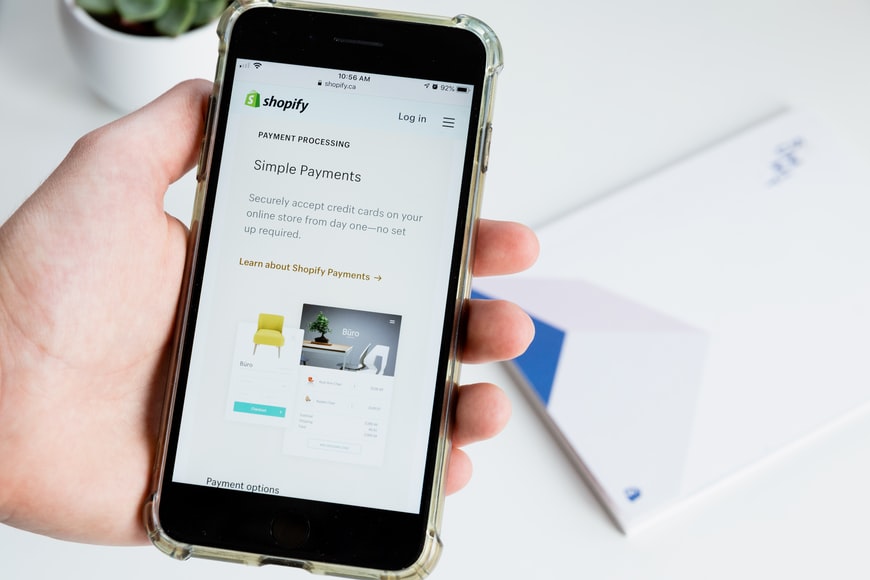Have you ever waited to buy your desired item during holiday discounts? You probably did, as most of the brands offer decreased prices during special occasions and holidays to increase their sales, and we all know it. When a company adjusts prices based on consumer behavior or other factors, this strategy is called dynamic pricing. This pricing model is very popular, and it’s especially effective for eCommerce businesses. So if you sell your products or services online but still don’t know the answer to “what is dynamic pricing?”, read on!

What is dynamic pricing?
Dynamic pricing refers to the pricing strategy, where a company offers flexible prices for the same products or services rather than always selling at fixed prices. Usually, prices change when significant supply and demand fluctuations or seasonality.
It’s important to understand that prices can go both up and down. It largely depends on the goal a company chases at the moment.
Usually, prices increase when there is a high demand, and companies want better profit margins. On the opposite case, when there is a need to invest in getting new customers and increasing sales, companies usually offer discounts.
Pricing fluctuations can happen over the day, month, year, or another period when a business experiences significant demand changes.
We guess you got an answer to your question, “what is dynamic pricing?”. So, let’s now take a deeper dive into it.
Two main types of dynamic pricing
When companies alter prices for different buyers, it’s called dynamic pricing based on groups. This means businesses identify customers who are more willing to pay and offer higher prices to them. Thanks to machine learning and statistical tools, it’s possible for companies to choose those segments in their customer base.
The second type of dynamic pricing is based on time and seasonality. Particularly, based on how demanded the product is during a specific time period, companies can alter prices. Imagine a specific TV show becoming popular in one night. Most probably, the pricing of T-shirts with those TV show’s quotes printing will skyrocket as well, and this is an example of dynamic pricing based on time.
What is dynamic pricing in eCommerce?

As eCommerce progresses in its popularity, so does the demand for competitive pricing. This means online stores should pay a fair portion of attention to how competitors set their pricing.
That’s important as eCommerce customers live within the increased price transparency approach. This means they are more likely to check competitors’ prices before choosing where to buy a product.
Having that said, eCommerce businesses have to watch how the prices change on the market and react to those fluctuations quickly.
Once again, if you are involved in the eCommerce industry, you should consider working with a dynamic pricing system. You will find it easier to promote your eCommerce business by doing so.
To get you finally convinced, let’s list some of the benefits of eCommerce businesses when implementing the pricing strategy.
Profit maximization
A key reason for using flexible prices is to increase the profits gained from sales. If, at some point, your product can have higher value in the market, why not utilize that opportunity?
Things also work oppositely. If you feel your products are moving slow, you can give discounts. In the long run, the customers that were acquired due to the price reduction strategy will provide you with more income due to the high sales volumes.
Increased flexibility
eCommerce businesses need to be agile and adaptable to unstable market conditions. In this regard, companies with dynamic pricing have a strong competitive benefit, as they can adjust their pricing strategies without compromising their brand image.
Besides, dynamic pricing allows companies to stay strong in the competition. It’s easier for companies with variable prices to react to any changes made by competitors quickly.
A better understanding of consumer behavior
Implementing dynamic pricing allows you to deeply understand your customers and their reactions to different strategies. You can analyze which promotion activities work best for your target audience by tracking your sales data with different prices.
What’s more, you can identify the products sold well during certain periods or seasons and adjust your marketing activities accordingly.
Final thoughts
Many companies would question whether dynamic pricing is fair to implement. Our answer to this question is positive for two main reasons.
- Companies around the world implement this pricing strategy, and the current customer market widely accepts it.
- Dynamic pricing benefits businesses and buyers, as it often suggests discounts.







